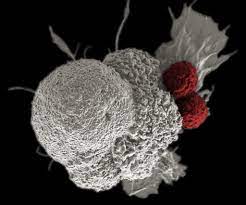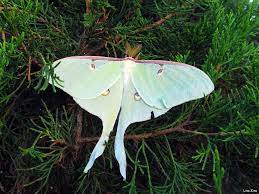The eclipse effect: How do animals react to strange celestial phenomena?
The event of a solar eclipse transcends the astronomical meaning, occurring when the Moon completely blocks the Sun from Earth’s view and darkens skies across a region. Solar eclipses have been referenced throughout history as a time of change and intention-setting for spiritualists or as the source of several cultural folk stories. The impacts of […]
The eclipse effect: How do animals react to strange celestial phenomena? Read More »








